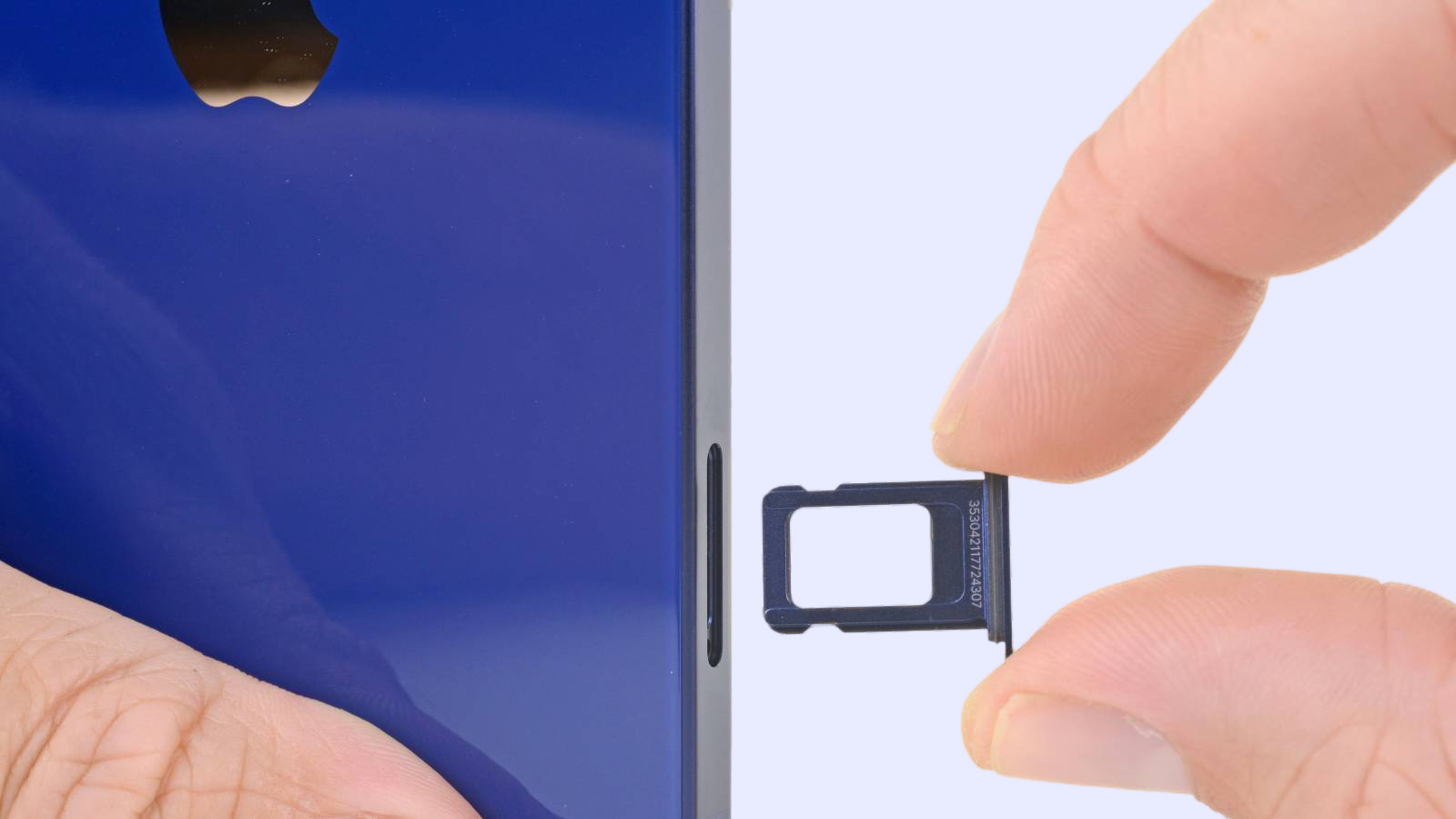That was my first thought too. I am to tired to look it up, but I thought we previously saw an article about this on Mac Rumors.We already knew this, or is this just interesting notes from Tony's discussion?
I know you had some responses related to multiple numbers and whatnot, but also some people have different color iPhones to match their outfits.How often do you really need to activate new phones? This should of course be done digitally.
CDMA was better than GSM. Edit: that sounded far less subjective in my head, so let me revise. For non-international customers (mostly US) it was a better experience.In North America back in the 90s and early 2000s, a lot of people were convinced CDMA was going to be the dominant standard. I stuck with GSM anyway, which turned out to be the right decision.
One of the reasons VZW outperformed ATT was because of CDMA handover used a 'warm handshake' that ensured the new tower verified it had the call before the old tower let go. This made CDMA have far fewer dropped calls than GSM. EVDO gave CDMA a data performance edge over TDMA and FDMA used in GSM and VZW was aggressive about deploying it, because (I am pretty sure) it was a fairly painless update. But, the warm handoff process from EVDO to LTE came with a cost of battery life because, especially in the early days of LTE, the handoff occurred way more than it needed.
When Verizon launched VoLTE (Voice over LTE) they started to silently roll out equipment that used a cold handoff process. If you are a long-time VZW customer and feel like they have more dropped calls than they used to... your area might be more sensitive to this.
LTE, which uses OFDMA, is sometimes called a grandchild of GSM because its evolutionary path is inspired by GSM technology. However, I would be hesitant to say that legacy GSM customers benefited more than legacy CDMA users.
It used the hardware-baked International Mobile Equipment Identity (IMEI). It was a replacement for the Electronic Serial Number (ESN) used in the '80s and '90s. Actually, that's not 100% true. MEID replaced ESN, and IMEI replaced MEID. Why?CDMA did not use a SIM for the account. It used a different protocol to verify a valid account.
ESN is an 11-digit decimal number and due to the popularity of wireless devices, we ran out shortly after Y2K. MEID is 14-digit hexadecimal that had support for substantially more devices than ESN.
So why did IMEI replace MEID? IMEI is a 15-digit hexadecimal and that extra digit allows carriers to ban hardware from being activated.
I know none of you asked for that, but I have been sitting on that for years with no outlet to share. It feels good to finally use it.
Last edited:



